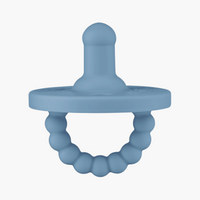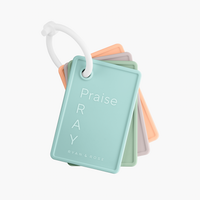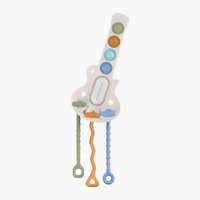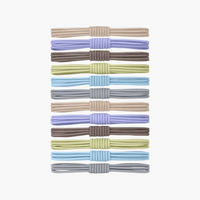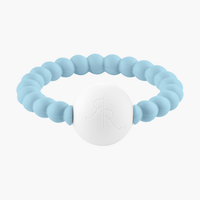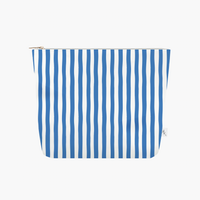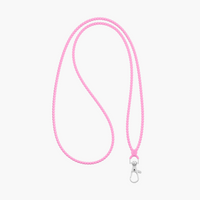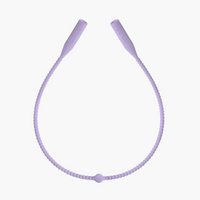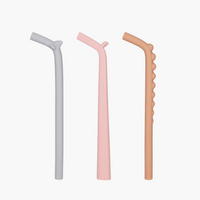This week we’re teaming up with a local Memphis dentist, Dr. Miles Moore of the Memphis Center for Family and Cosmetic Dentistry, to bring you a professional dental perspective on pacifier use and teeth formation.
We know all parents have questions about the use and effects of pacifiers, such as: does a pacifier cause issues for teeth development? Will use cause an incorrect bite? At what age does a dentist recommend weaning off a pacifier?
Dr. Moore has treated hundreds of children and adults, has two daughters of his own, and wants to empower all of us to make educated decisions that benefit our families.
Of course, no one knows your child like you do and your child has unique and individualized needs. Here at Ryan & Rose, we love pacifiers, especially our Cutie PATs. But no matter the research and opinions expressed here (or elsewhere), it’s always your decision to do what’s best for your child, whether that includes pacifier use or not.
We asked Dr. Moore specifically about how pacifier use affects teeth and bite formation for babies and toddlers. He provided a great perspective for all of us parents:

First, It’s Not About Pacifier Use, It’s the Delay of Weaning
Dr. Moore says, “I would say the real issue is not so much pacifier use, but the delayed stoppage of pacifier use that translates into finger/thumb sucking.”
Many new parents are worried about introducing a pacifier because of side-effects they’ve read about or heard rumored. As Dr. Moore says, the real issue isn’t the introduction of a pacifier. The issue, in regards to teeth and bite formation, is waiting too long to wean off the pacifier.
-----
Let’s be honest, weaning your child off a pacifier isn’t easy. It’s a form of comfort.
Our daughter (2-year old) loves having her pacifier at night and it allows her to sleep through the night. We know it’s about time to start weaning her off of it completely but we are reluctant. It’s a hard transition.
You may also be like us and have another small child around. We just welcomed our second baby to our family and decided it wasn’t time to wean our 2-year old off her pacifier yet because having a sibling is a huge change for her already. So we’re giving it a few more weeks before we jump into weaning her off her pacifier.
Even then, we’re not looking forward to it at all.

When Does A Dentist Recommend Weaning Off a Pacifier?
Dr. Moore says, “I personally don’t see any harm in children using pacifiers as long as they have discontinued use by the age of 3.”
This is helpful to know, especially coming from a dentist. It helps provide a target end date for pacifier use and if we can wean earlier than 3-years old, even better.
The reason Dr. Moore says age 3 is the number is due to children being more likely to finger/thumb suck if a pacifier isn’t taken away by then. The older a child gets, the more likely they are to replace pacifier use with finger/thumb sucking as a means of comfort.
And finger/thumb sucking can ultimately cause malocclusion.
What is Malocclusion?
Malocclusion means teeth are not aligned properly.
So both finger/thumb sucking and pacifier use beyond the age of 3 can cause malocclusion, which is often seen in the form of an open-bit, Dr. Moore says.
An open-bite is where space develops between the upper and lower front teeth. That space hinders a child’s bite, which causes functional issues such as biting and tearing food with their front teeth. It’s also an aesthetic issue having a gap between the upper and lower front teeth when biting down.
How is Malocclusion Corrected?
Malocclusion is corrected with appliance therapy or orthodontic treatment, depending on the severity.
Many people have had braces once in their life. I’ve had braces and so has Meagan. The reality is, most people don’t have perfectly aligned teeth for a whole list of reasons.
So don’t think pacifier use of finger/thumb sucking is the only cause of malocclusion because it isn’t. It can play a role, as Dr. Moore says, if it’s not addressed properly at a certain age and use is not stopped.

Approach Pacifier Use with Knowledge & Awareness:
The reality is… as parents we love pacifiers. Allowing our daughter to have a pacifier has dramatically helped our family. It’s provided us all with better sleep. It’s helped us keep our sanity.
We’re also allowing our newborn son to have a pacifier (a Cutie PAT for sure). Pacifiers are so helpful.
But we’re also taking expert opinions and knowledge to heart, like what Dr. Moore has taught us here and what the Speech Sisters taught us about pacifiers and speech development. We can enjoy the benefits of a pacifier and remain smart about the use and weaning all at the same time.
We want our children to be comforted and to rest well while they’re young, but we also want their teeth and speech to form properly as well. It’s all about balance, being smart, and taking the advice of these great experts to help us make informed decisions.
Discover More...
If you're interested in learning more about our Cutie products—from Cutie PATs to Cutie Clips and more—we encourage you to follow us on Instagram @ryanandrose and join the Cutie Community where other incredible members have built a meaningful community to help one another.
Named of its function, the Cutie PAT is both a Pacifier and Teether in one. It's made of 100% medical-grade silicone and comes in three styles: round stage 1 (for babies without teeth), round stage 2 (for babies with teeth), and flat (for babies that prefer a flattened nipple).
You can shop all of our Cutie PATs here on our website, including limited edition colors, or you can find our core colors at your local Target store and on their website!




